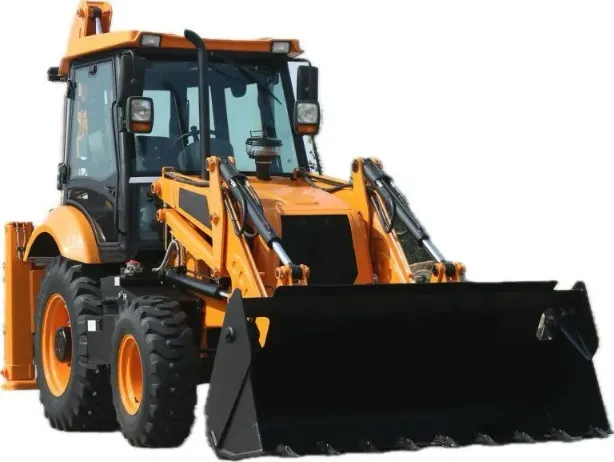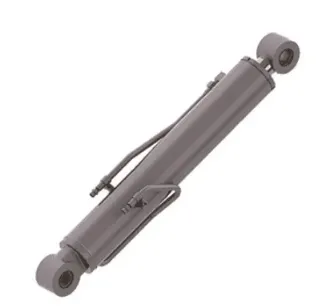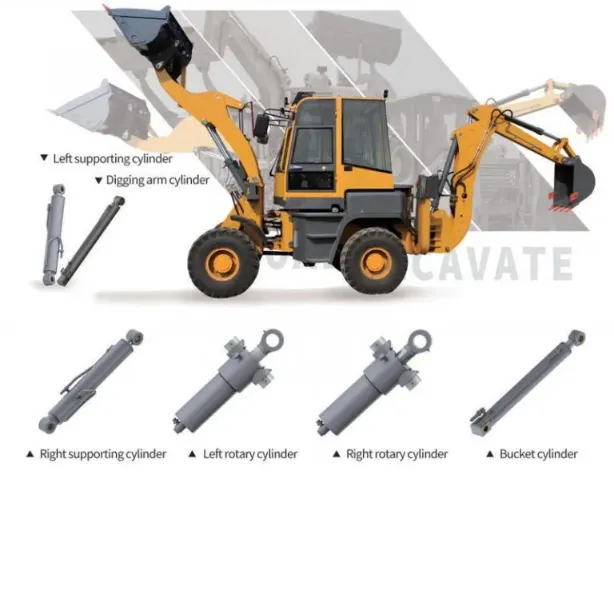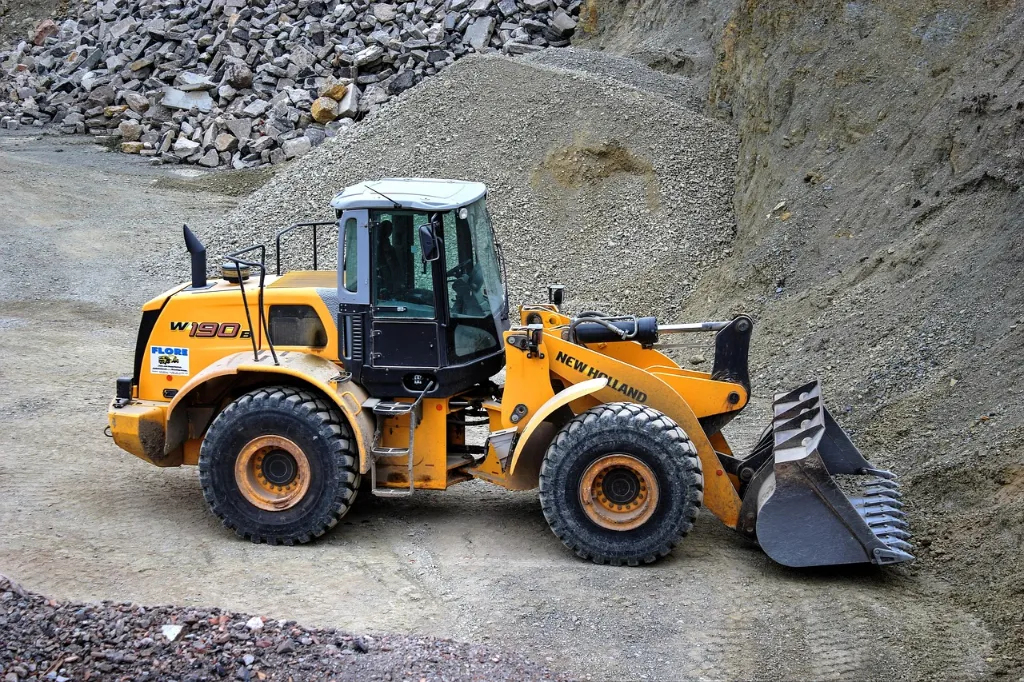
Introduction
Hydraulic cylinders drive tons of machines in factories and on job sites. From big excavator to smart robots, they make things move. Picking the right bore size and pressure mix is key for good work and safe runs. Mess it up, and trouble hits quick. This guide helps folks like engineers and shoppers choose smart combos for their hydraulic cylinders.
The Link Between Bore Size and Pressure
What Is Bore Size in a Hydraulic Cylinder?
Bore size is just the inner width of the cylinder tube. It decides the push power. You know, force comes from pressure times the space. So, a wider bore gives stronger shove. Usual picks go from 1 inch for easy tasks to 20 inches plus for real heavy jobs. Picture tiny ones in careful bots. Or giant ones in diggers. But wider ain’t always tops. It can make gear too clunky.
What Does Hydraulic Pressure Mean?
Hydraulic pressure means squeeze per bit of space in the oil setup. Normal rates reach 1000 psi for simple stuff. 3000 psi handles everyday chores. And 5000 psi or more tackles hard spots. High squeeze boosts speed and pull. Yet it wears parts faster. Seen a drill slow down? Maybe low squeeze is why. Pressure shoves the piston. So, match it to what you need.
How Bore Size and Pressure Work Together
The Formula for Cylinder Force Output
Force math is straightforward: F = P × A. Here, F stands for force. P is pressure. A means piston space, which is π times half-width squared. Take a 2-inch bore at 2000 psi. Space works out to roughly 3.14 square inches. Force lands near 6280 pounds. Now, widen to 4 inches with same squeeze. Force soars past 25,000 pounds. Or stick with 2-inch bore. Jack pressure to 4000 psi. Force doubles up.
Here’s a quick table to show differences:
| Bore Size (inches) | Pressure (psi) | Piston Area (sq in) | Force Output (lbs) |
| 2 | 2000 | 3.14 | 6,280 |
| 2 | 4000 | 3.14 | 12,560 |
| 4 | 2000 | 12.57 | 25,140 |
| 4 | 4000 | 12.57 | 50,280 |
| 6 | 3000 | 28.27 | 84,810 |
Numbers like these help spot the sweet spot. Just remember, real-world factors like friction tweak them a bit.
Finding the Balance: Force, Speed, and Efficiency
Large bores deliver massive force but move slower because they need more fluid. Small bores react quick, great for fast cycles, but they demand higher pressure to match force. In a press machine, go big bore for crushing power. For a conveyor, smaller might fit better for zippy action. Efficiency matters too. Oversize everything, and you waste energy pumping extra oil. It’s like driving a truck when a car would do. Pick based on what the machine really needs, not just max specs.
Key Factors That Influence Bore Size and Pressure Selection
Type of Application
Applications vary wildly. Construction gear like loaders often runs high pressure, say 4000 psi, with big bores for digging force. Industrial automation favors lower pressures around 1500 psi and smaller bores for precision. Farm equipment splits the difference, handling muddy fields with mid range setups. Each scene has its pressure norms. Ignore that, and the cylinder might fail early. Oh, and don’t forget cycle frequency. High speed ops need pressure that keeps up without overheating.
Material and Cylinder Design
Cylinder materials dictate pressure limits. Steel holds up under high stress, while aluminum suits lighter duties. Welded cylinders shine in compact, high pressure spots since they lack weak points from rods. Tie rod designs are easier to service but might flex more at extreme pressures. Choose based on the environment. Harsh conditions? Go for tougher builds. It’s all about matching strength to the load without overkill.
Seal Quality and Heat Management
Seals keep fluid in and contaminants out, crucial under pressure. High pressure wears them faster, especially in big bores where heat builds quick. Good seals use materials like polyurethane for durability. Heat? It expands parts and thins oil, leading to leaks. Add coolers or better fluid to manage it. Sometimes folks skip this step, then wonder why things seize up. Regular checks prevent that mess.

Common Mistakes When Balancing Bore Size and Pressure
Oversizing the Cylinder
Big cylinders pump out force, sure, but they guzzle energy and hike costs. The whole setup gets heavier, tougher to mount. Efficiency drops as pumps work overtime. Seen it in overbuilt rigs that barely move. Stick to needs, not wants.
Undersizing the Cylinder
Too small, and stress skyrockets. The barrel fatigues, seals blow. Lifespan shrinks, and safety risks climb. Imagine a lift failing mid load. Not pretty. Always factor in peaks, not just averages.
Ignoring the System Pressure Limits
The cylinder’s just one piece. Pumps, valves, hoses must match. Push pressure too high, and weak links burst. Whole system crashes. Coordinate everything from the start. It’s basic, but folks rush and skip it.
How to Determine the Optimal Bore Size and Pressure for Your Application
Step 1 — Define Load and Force Requirements
Start with the load. What’s the max weight or resistance? Calculate needed force, adding a safety margin like 1.5 times. For a 10,000-pound lift, aim for at least 15,000 pounds output. Jot down cycles too. Heavy, slow? Or light, rapid?
Step 2 — Select the Working Pressure Range
Pick pressure based on system design. Factor safety, usually 2:1 burst ratio. If the pump tops at 3000 psi, don’t plan for 5000. Consider fluid type and temps. High pressure needs robust components everywhere.
Step 3 — Calculate the Ideal Bore Size
Use the force formula backward: A = F / P, then bore from area. Example: Need 20,000 pounds at 2500 psi. Area is 8 square inches. Bore diameter? About 3.2 inches (sqrt(A/π) times 2). Tweak for speed: Bigger bore slows it, smaller speeds up but ups pressure. Space tight? Go compact. Run a few calcs to fine tune.
Shining Hydraulic’s Expertise in Custom Cylinder Design
Precision Engineering for Bore and Pressure Optimization
Shining Hydraulic focuses on design, simulation, and testing to nail bore and pressure balance. They use tools to predict performance before building. Quality hits standards like ISO and CE. This cuts failures and boosts reliability.
Custom Solutions for Different Industries
For construction, they craft big bore cylinders handling 5000 psi for tough digs. In agriculture, mid size options fit tractors with balanced pressure for efficiency. Logistics gets compact designs for quick warehouse moves. Check their Custom Hydraulic Cylinders page for more.
Conclusion
Balancing bore size and pressure boosts performance, cuts costs, and extends life. Get the combo right, and machines run smooth. Shining Hydraulic offers custom designs and engineering help for tricky needs. Reach out to their team for tailored advice.
FAQ
Q1: What bore size is best for high speed applications?
Smaller bores work well for speed, as they need less fluid volume. Pair with higher pressure to maintain force.
Q2: How does pressure affect cylinder lifespan?
Higher pressure increases wear on seals and walls. Stay within limits and use quality materials to extend life.
Q3: Can I change bore size on an existing system?
It’s possible but check compatibility with pumps and valves. Often requires full redesign.
Q4: Why avoid oversizing cylinders?
It raises costs, energy use, and weight without gains. Match to actual loads for efficiency.
Q5: What’s a safe pressure margin?
Aim for 1.5 to 2 times the working pressure for burst safety. Depends on the application.







